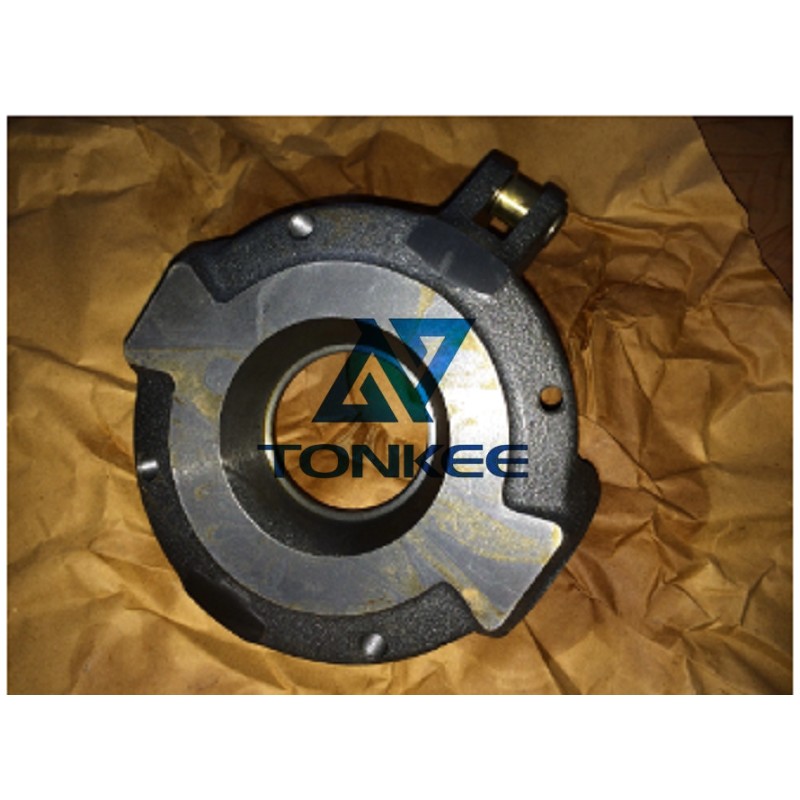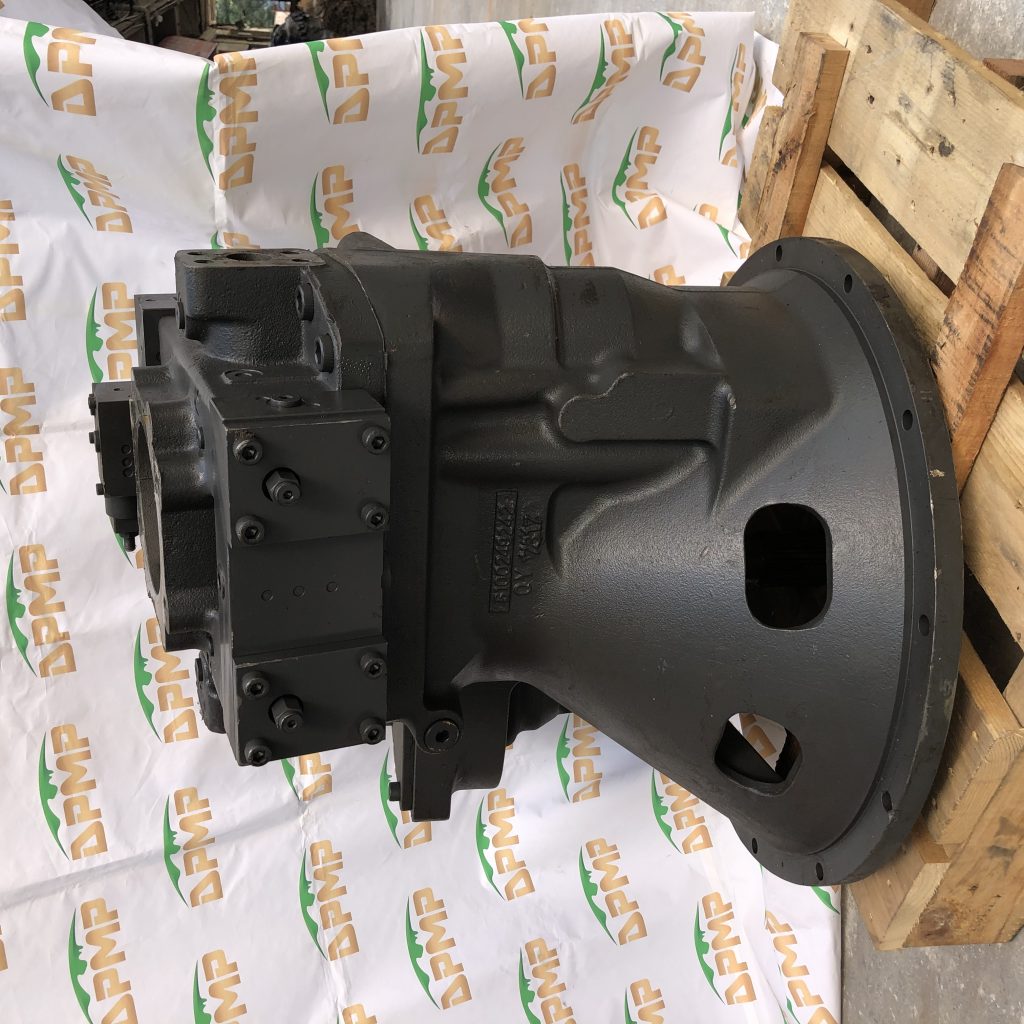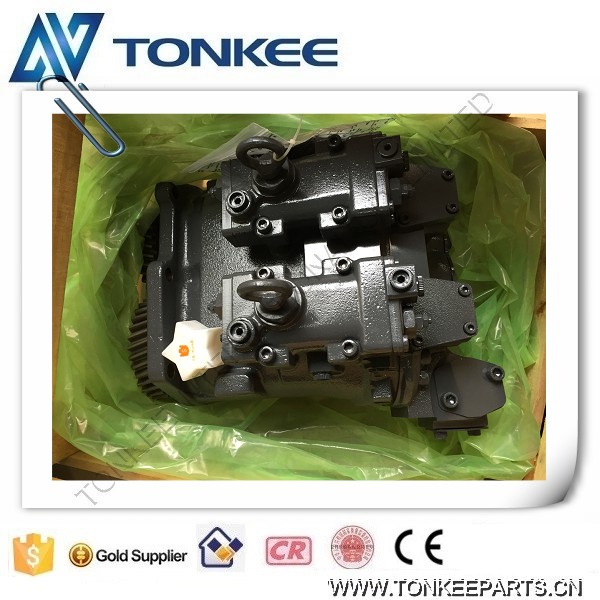
Flow Rate: The pump is capable of delivering a specific flow rate of hydraulic fluid, measured in liters per minute (LPM) or gallons per minute (GPM).
The exact flow rate may vary depending on the specific application and operating conditions.
Pressure Rating: This pump is designed to operate at a certain pressure level, typically measured in bars or pounds per square inch (PSI). The pressure rating may vary based on the model and application requirements.
Swash Plate Design: The term "Swash Plate" in the pump's name refers to its internal design. A swash plate pump uses a rotating disc (the swash plate) to vary the angle of the pistons, controlling the flow of hydraulic fluid.
Applications: This pump is commonly used in heavy machinery and construction equipment, such as excavators, loaders, and bulldozers, where it provides hydraulic power to drive various hydraulic functions like the boom, arm, or bucket movements.
Manufacturer: Specific manufacturers produce this pump, and variations in design and performance may exist among different brands.
Key Components:
The KVC925L UH10LC UH07-5 Swash Plate Main Hydraulic Pump comprises several key components, each playing a vital role in its operation:
Swash Plate: The central component that rotates to control the pistons' stroke length, regulating fluid flow.
Pistons: These are responsible for pumping hydraulic fluid. They move in and out as the swash plate's angle changes.
Cylinder Block: Contains multiple cylinder bores where the pistons operate. The number of pistons and cylinder bores can vary based on the pump's size and capacity.
Inlet and Outlet Ports: These allow hydraulic fluid to enter and exit the pump, facilitating a continuous flow of fluid through the system.
Drive Shaft: The pump is typically connected to an external power source (such as an engine or an electric motor) via a drive shaft.
Housings and Seals: To prevent leakage and maintain pressure, the pump is enclosed by housings and equipped with seals.
Working Principle:
The KVC925L UH10LC UH07-5 Swash Plate Main Hydraulic Pump operates based on the swash plate principle. The key steps in its working process are as follows:
Input Power: An external power source drives the pump by rotating the drive shaft.
Swash Plate Motion: As the drive shaft rotates, it causes the swash plate to tilt. This tilting action changes the angle at which the pistons engage with the cylinder block.
Piston Movement: When the swash plate tilts, the pistons move in and out of their cylinder bores. This movement generates a varying volume in each cylinder, which, in turn, causes the hydraulic fluid to be drawn in and pushed out.
Fluid Delivery: The hydraulic fluid is drawn in through the inlet port and pushed out through the outlet port. This pressurized fluid can then be directed to various hydraulic functions on the machinery, such as lifting, digging, or steering.



 English
English Русский язык
Русский язык





